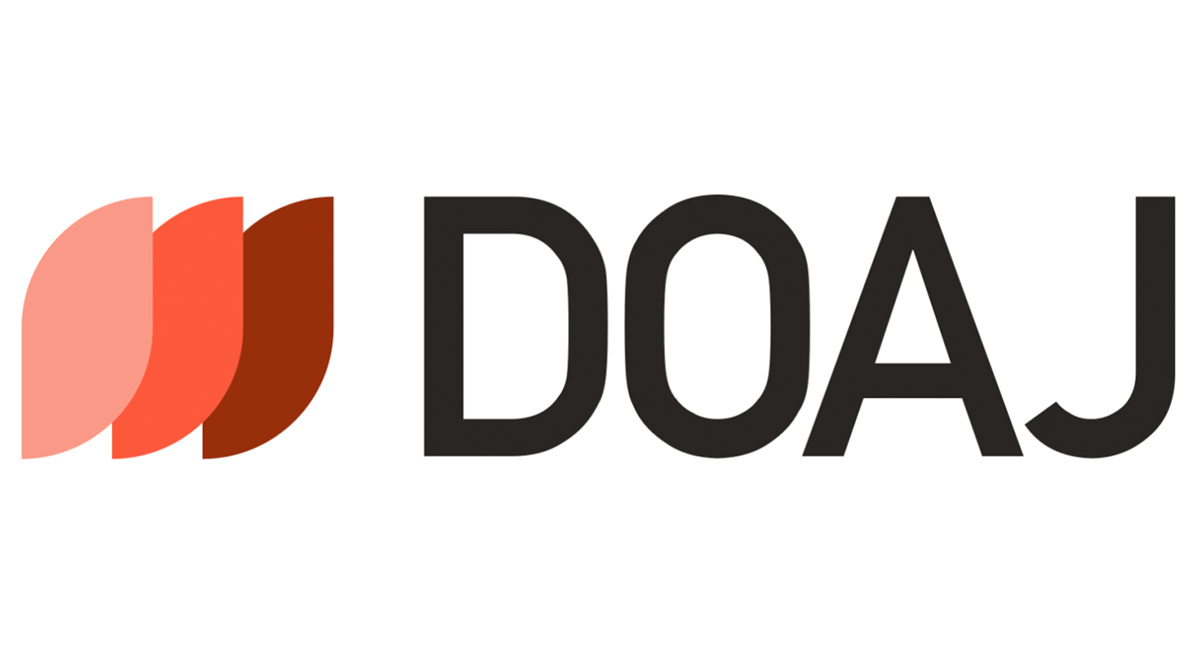Providing an Efficient Method to Identify Structural Balanced Social Network Charts using Data Mining Techniques
Using Data Mining Techniques, providing an Efficient Method for Identifying Structural Balanced Social Network Charts
DOI:
https://doi.org/10.31185/wjcm.Vol1.Iss1.22Keywords:
Efficient Method, Identify Structural, Balanced Social Network Charts,, Data Mining TechniquesAbstract
As social communications become widespread, social networks are expanding day by day, and the number of members is increasing. In this regard, one of the most important issues on social networks is the prediction of the link or the friend's suggestion, which is usually done using similarities among users. In the meantime, clustering methods are very popular, but because of the high convergence velocity dimensions, clustering methods are usually low. In this research, using spectral clustering and diminishing dimensions, reducing the amount of information, reduces clustering time and reduces computational complexity and memory. In this regard, the spectroscopic clustering method, using a balanced index, determines the number of optimal clusters, and then performs clustering on the normal values of the normalized Laplace matrix. First, the clusters are divided into two parts and computed for each cluster of the harmonic distribution index. Each cluster whose index value for it is greater than 1 will be redistributed to two other clusters, and this will continue until the cluster has an index of less than 1. Finally, the similarity between the users within the cluster and between the clusters is calculated and the most similar people are introduced together. The best results for the Opinions, Google+ and Twitter data sets are 95.95, 86.44 and 95.45, respectively. The computational results of the proposed method and comparison with previous valid methods showed the superiority of the proposed approach.
Downloads
References
D. Camacho, A. Panizo-Lledot, G. Bello-Orgaz, A. Gonzalez-Pardo, and E. Cambria, “The four dimensions of social network analysis: An overview of research methods, applications, and software tools,” Information Fusion, vol. 63, pp. 88–120, 2020.
K. S. Krishnakumar and K. U. Maheswari, “A Comprehensive Review on Data Anonymization Techniques for Social Networks,” Webology, no. 1, pp. 19–19, 2022.
R. K. Langari, S. Sardar, S. A. A. Mousavi, and R. Radfar, “Combined fuzzy clustering and firefly algorithm for privacy preserving in social networks,” Expert Systems with Applications, vol. 141, pp. 112968–112968, 2020.
W. Zou, X. Hu, Z. Pan, C. Li, Y. Cai, and M. Liu, “Exploring the relationship between social presence and learners’ prestige in MOOC discussion forums using automated content analysis and social network analysis,” Computers in Human Behavior, vol. 115, pp. 106582–106582, 2021.
Z. Wu, Y. Lin, J. Wang, and S. Gregory, “Link prediction with node clustering coefficient,” Physica A: Statistical Mechanics and its Applications, vol. 452, pp. 1–8, 2016.
Z. Yu, C. Wang, J. Bu, X. Wang, Y. Wu, and C. Chen, “Friend recommendation with content spread enhancement in social networks,” Information Sciences, vol. 309, pp. 102–118, 2019.
Z. Wang and H. Qi, “Friendbook: A Semantic-based Friend Recommendation System for Social Networks”, IEEE Trans. Mob. Comput., p. 14.
M. P. A. Kalaiyarasi, “Semantic-Based Friend Recommendation System for Social Networks,” Transactions on Mobile Computing, vol. 14, no. 3, pp. 538–51, 2015.
J. Chu, Y. Wang, X. Liu, and Y. Liu, 2020. “Social network community analysis based large-scale group decision making approach with incomplete fuzzy preference relations, Inf”. Fusion, vol. 60, pp. 98120, Aug. 2020, doi: 10.1016/j.inffus.2020.02.005.
Z. Zhang, Y. Liu, W. Ding, W. W. Huang, Q. Su, and P. Chen, 2019.
F. Li, J. He, G. Huang, Y. Zhang, Y. Shi, and R. Zhou, 2015.
P. Sun, S. Liu, N. Wu, B. Li, and J. Li, “Prediction and Clustering of User Relationship in Social Network,” Ubiquitous Intelligence and Computing and 2018 IEEE 12th Intl Conf on Autonomic and Trusted Computing and 2018 IEEE 15th Intl Conf on Scalable Computing and Communications and Its Associated Workshops (UIC-ATC-ScalCom), 2018 IEEE 12th Intl Conf on, pp. 1155–1162, 2018.
I. L. Hu, C. C. Chang, and Y. H. Lin, “Using big data and social network analysis for cultural tourism planning in Hakka villages,” Tourism and Hospitality Research, vol. 21, no. 1, pp. 99–114, 2021
Downloads
Published
Issue
Section
License
Copyright (c) 2022 Razieh Asgarnezhad, Safaa Saad Abdull Majeed, Zainab Aqeel Abbas, Sarah Sinan Salman

This work is licensed under a Creative Commons Attribution 4.0 International License.






